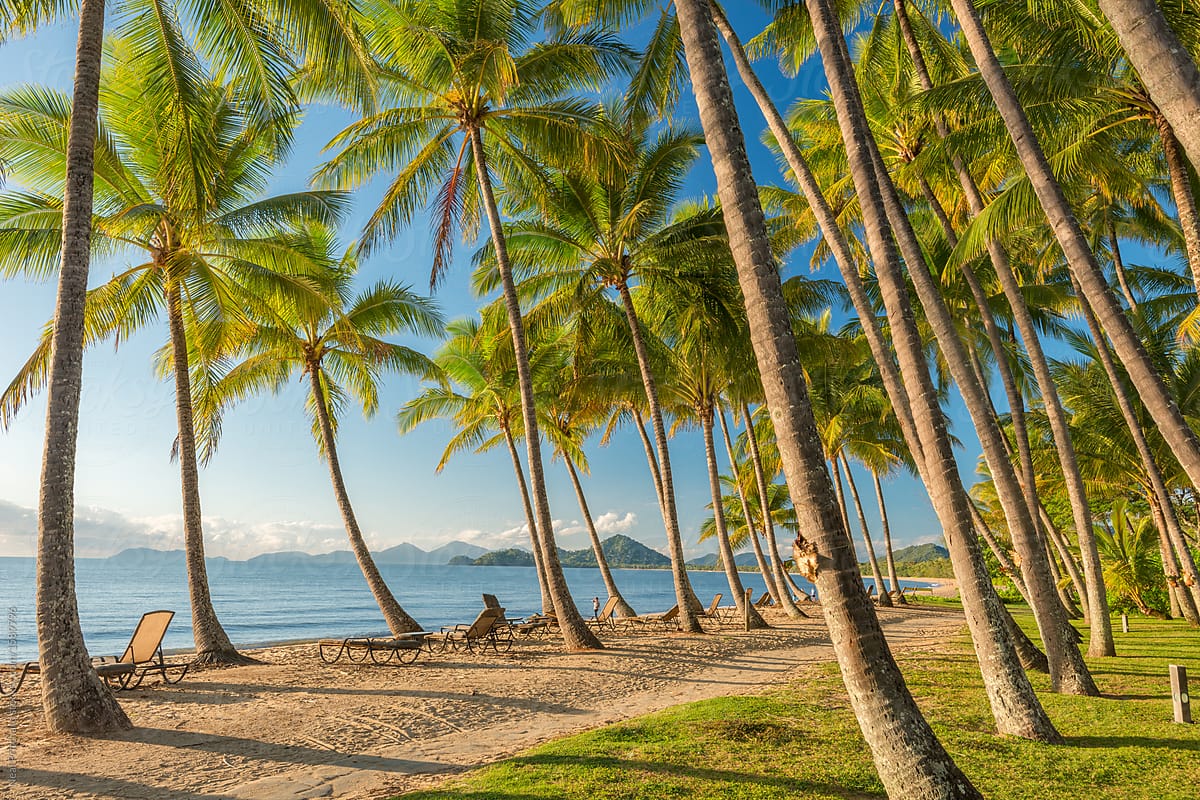The Swahili culture spreading from Kenya’s coast to Zanzibar in Tanzania has an interesting history dating back to the precolonial era in the 19th century.
In a report released by Aga Khan University’s Institute for the study of Muslim civilisations, the name ‘wa-swahili’ which refers to Tanzania natives, as well as those on Kenya’s coast, was derived from an Arabic word meaning “shore”.
What’s intriguing about the Swahili people is their identity. According to the report, Swahili people proudly and broadly identify themselves based on where they come from; town, region or island. Amazingly, the Swahili culture does not necessarily point to a certain ethnic group or nationality because it believes in the commonness of the people within this cultural setting
Presently, the Swahili coast stretches from the Horn of Africa in Somalia to the Bay of Sofala in Mozambique. The Indian Ocean islands of Zanzibar, Pemba and even the Comoros, as well as Uganda and parts of the Democratic Republic of the Congo lay claim to their Swahili culture and language.
Muslim geographers who discovered the Swahili categorized the 3,000 km Swahili Coast into four sections; the land of the barbarians, Bilad al-Barbar, Land of the Blacks (Kenya, Tanzania coast) and Land of the Sofala. With time, Islam and the African way of life gave birth to the Swahili culture as a result of trade along the coast between the Arabs and native East Africans.
The Indian Ocean which was a principal factor in the trade separates East Africa from Arabia and Asia but the cultures in these regions blended to form the indomitable Swahili culture where trade is the number one uniting factor.
Hitherto, there are more than 450 established Swahili archaeological sites along the coastline.
Read more:
Places To Visit In Stone Town, Zanzibar In 48 Hours
#SeeAfricaToday








